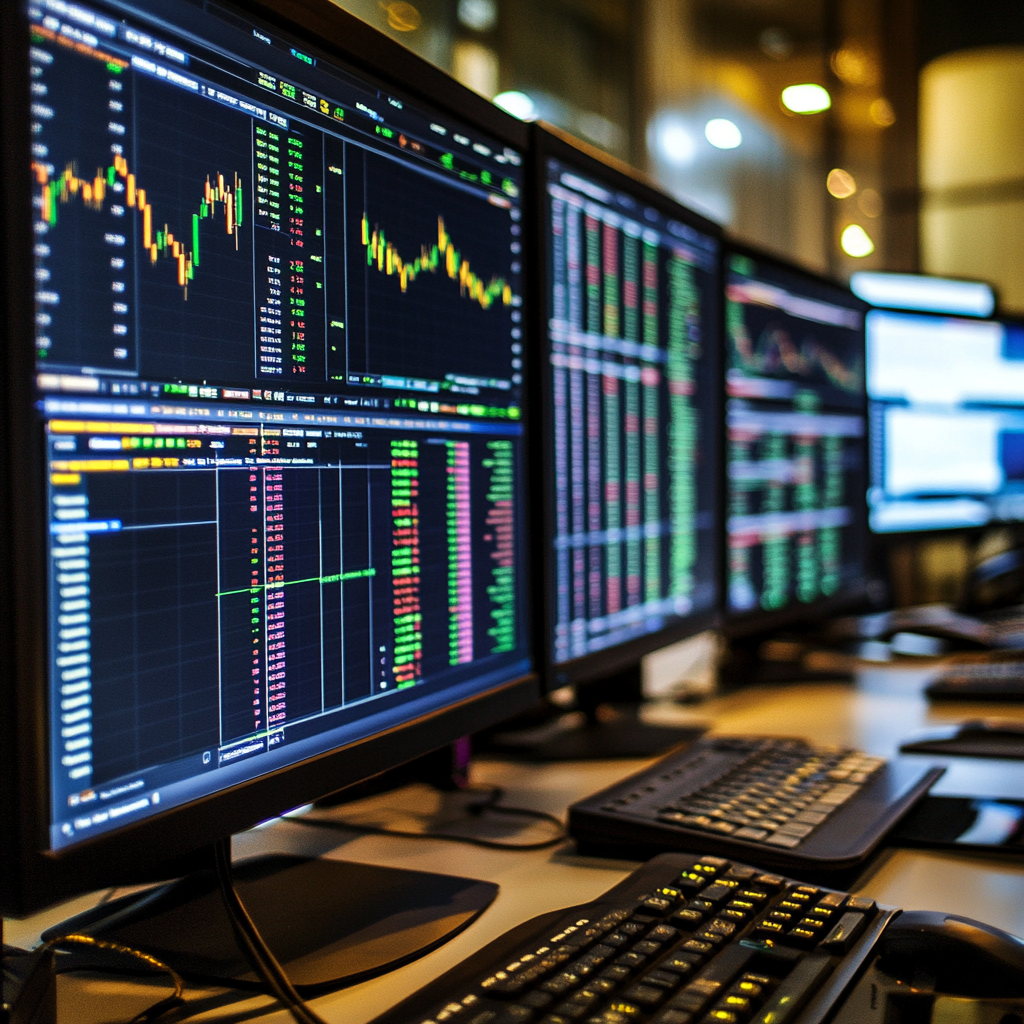Every trader dreams of one thing: maximizing profits. Yet, in the high-stakes world of stock trading, achieving consistent success can often feel like chasing a mirage. Markets shift on a dime, emotions run high, and even the most seasoned investors can struggle to keep up. That’s where the automated trading system steps onto the stage — a game-changing tool that’s quietly transforming how people trade, invest, and build wealth.
Let’s take a deep dive into the world of automated trading systems and see how they can revolutionize your trading journey.
From Gut Feeling to Algorithm: What Exactly Is an Automated Trading System?
Imagine having a trading partner who never sleeps, never gets emotional, and makes decisions based purely on data. That’s essentially what an automated trading system (also known as algorithmic trading or algo-trading) offers.
Instead of sitting in front of multiple monitors all day, analyzing charts and reacting to market news, you program your strategy into software. This software executes trades automatically, analyzing vast amounts of real-time market data, identifying patterns, and pulling the trigger when conditions meet your predefined rules. No second-guessing. No hesitation.
The Building Blocks: What Powers an Automated Trading System?
While the concept sounds futuristic, the mechanics behind an automated trading system are surprisingly logical. At its core, it includes:
A Trading Platform: This is your control center — where your algorithms live and where trades are executed.
Trading Rules: These are the if-then scenarios you build into the system — your personal blueprint for when to buy, sell, or hold.
Technology Infrastructure: Fast, stable internet connections and powerful servers ensure that your system can analyze data and execute trades at lightning speed.
Think of it like assembling a high-performance car: the platform is the chassis, the rules are the engine, and the tech infrastructure is the fuel keeping it all running smoothly.
How Does an Automated Trading System Work Its Magic?
Picture this: while you’re sipping coffee, your system is scanning markets across the globe, looking for signals that match your trading strategy. Once it spots an opportunity — let’s say a breakout on a stock you’ve been eyeing — it automatically executes the trade. All within seconds.
More importantly, it doesn’t get greedy, fearful, or impulsive. It follows your strategy with cold precision, regardless of market noise or breaking news.
The Evolution: From Clunky Code to Cutting-Edge Tech
Not long ago, automated trading systems were the exclusive playground of big Wall Street firms with deep pockets and teams of programmers. Today? Thanks to advances in technology, even individual investors can harness the power of automation.
Modern automated trading systems are powered by sophisticated algorithms capable of analyzing complex data sets, identifying trends, and executing trades faster than any human ever could. This evolution has leveled the playing field, allowing everyday traders to compete with institutional giants.
Why Traders Are Turning to Automated Trading Systems
The appeal is obvious, but let’s break down why more and more traders are embracing automation:
Lightning-Fast Efficiency
Your system can monitor multiple markets and thousands of stocks simultaneously, processing vast amounts of data in real-time. Opportunities that might take you hours (or days) to spot are identified and acted upon in seconds.
Emotion-Free Trading
Ask any seasoned trader, and they’ll tell you: emotions are your worst enemy. Fear and greed can wreak havoc on even the best strategies. Automated trading systems eliminate this entirely, sticking to logic and data without emotional interference
Consistency and Discipline
One of the hardest things in trading is sticking to your plan — especially when markets get choppy. Automated systems don’t waver. They execute your strategy exactly as designed, every single time
Backtesting Made Easy
Before risking real money, you can test your strategy on historical data. This helps you fine-tune your approach, understand its strengths and weaknesses, and enter the market with greater confidence

Implementing Your Own Automated Trading System
Before you jump in, there are a few key steps to ensure your system is set up for success:
Choose the Right Platform
Look for a trading platform that offers user-friendly interfaces, advanced charting tools, real-time data, and robust security features.
Develop a Solid Strategy
Your system is only as good as the rules you create. Factor in your risk tolerance, market conditions, and investment goals. Make sure your strategy is flexible enough to adapt to evolving markets.
Monitor and Adjust
Automation doesn’t mean “set it and forget it.” Regularly review your system’s performance, refine your algorithms, and stay alert to major market shifts.
Stay Secure
Protect your system from cyber threats. Choose platforms with strong encryption, multi-factor authentication, and regularly update your software to patch any vulnerabilities.
Keep Learning
Markets and technology never stand still. Stay curious. Attend webinars, follow industry experts, and join trading communities to keep your skills sharp.
The Risks: What You Need to Watch Out For
Of course, automated trading isn’t without its pitfalls. It’s crucial to understand and manage these risks:
Technical Glitches: Software bugs, connectivity issues, or hardware failures can disrupt trading.
Over-Optimization: Tweaking your strategy to fit past data too perfectly can make it brittle and ineffective in live markets.
Market Volatility: Extreme market swings can test even the most carefully designed systems.
Regulatory Compliance: Make sure your system operates within the rules set by financial regulators.
Technology Dependence: Automation increases reliance on technology — always have backup plans
The Bottom Line: A Smarter Way to Trade
In today’s fast-paced markets, automated trading systems are no longer a luxury — they’re becoming a necessity for traders who want to maximize profits and stay competitive.
By combining discipline, speed, and data-driven decision-making, automation empowers traders to achieve consistent results while avoiding the emotional roller coaster that often plagues manual trading.
As you explore the world of automated trading, remember: the technology is powerful, but your strategy is still the heart of your success. Build smart rules, stay vigilant, and continuously learn — and you’ll unlock the full potential of automation on your path to financial freedom.


